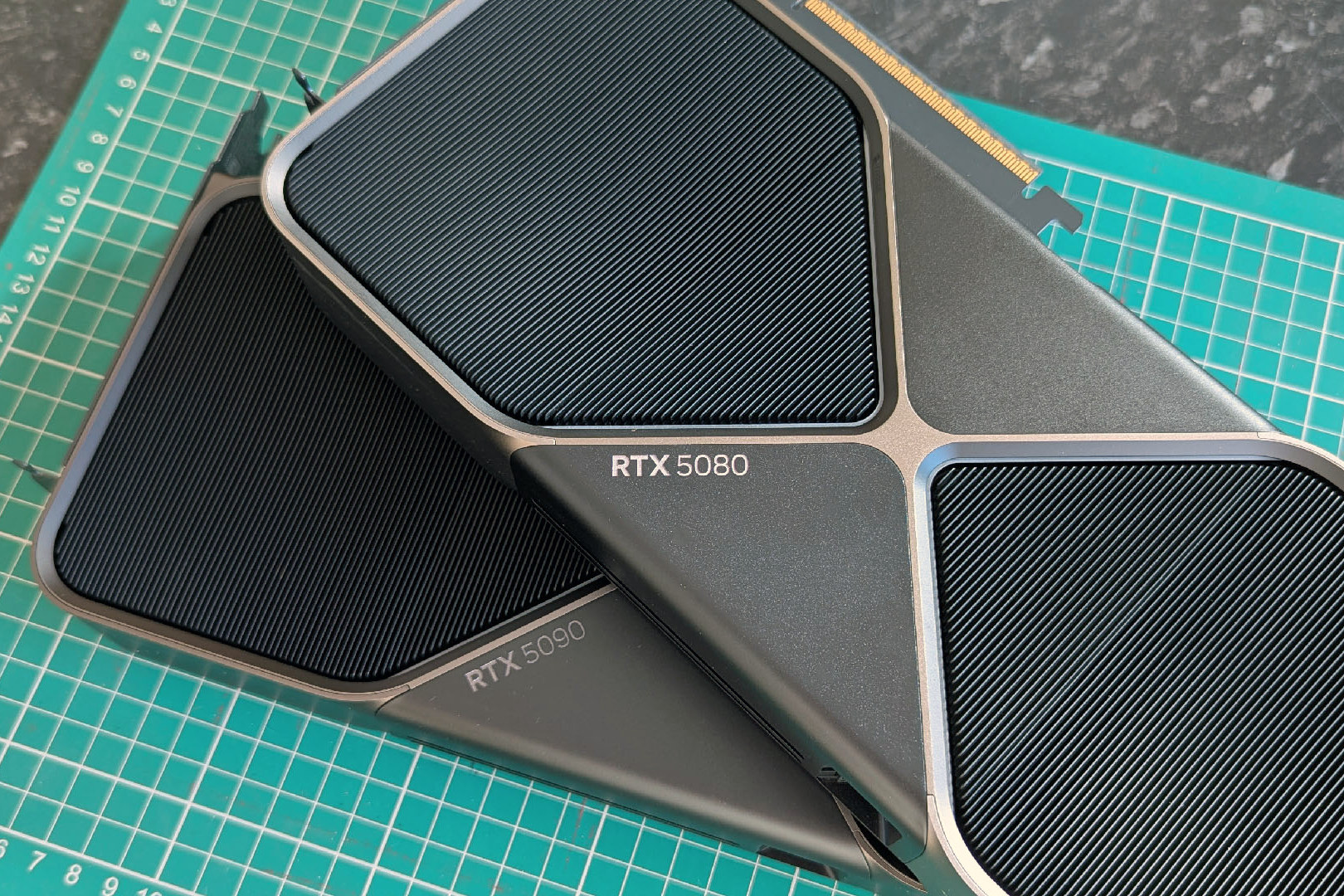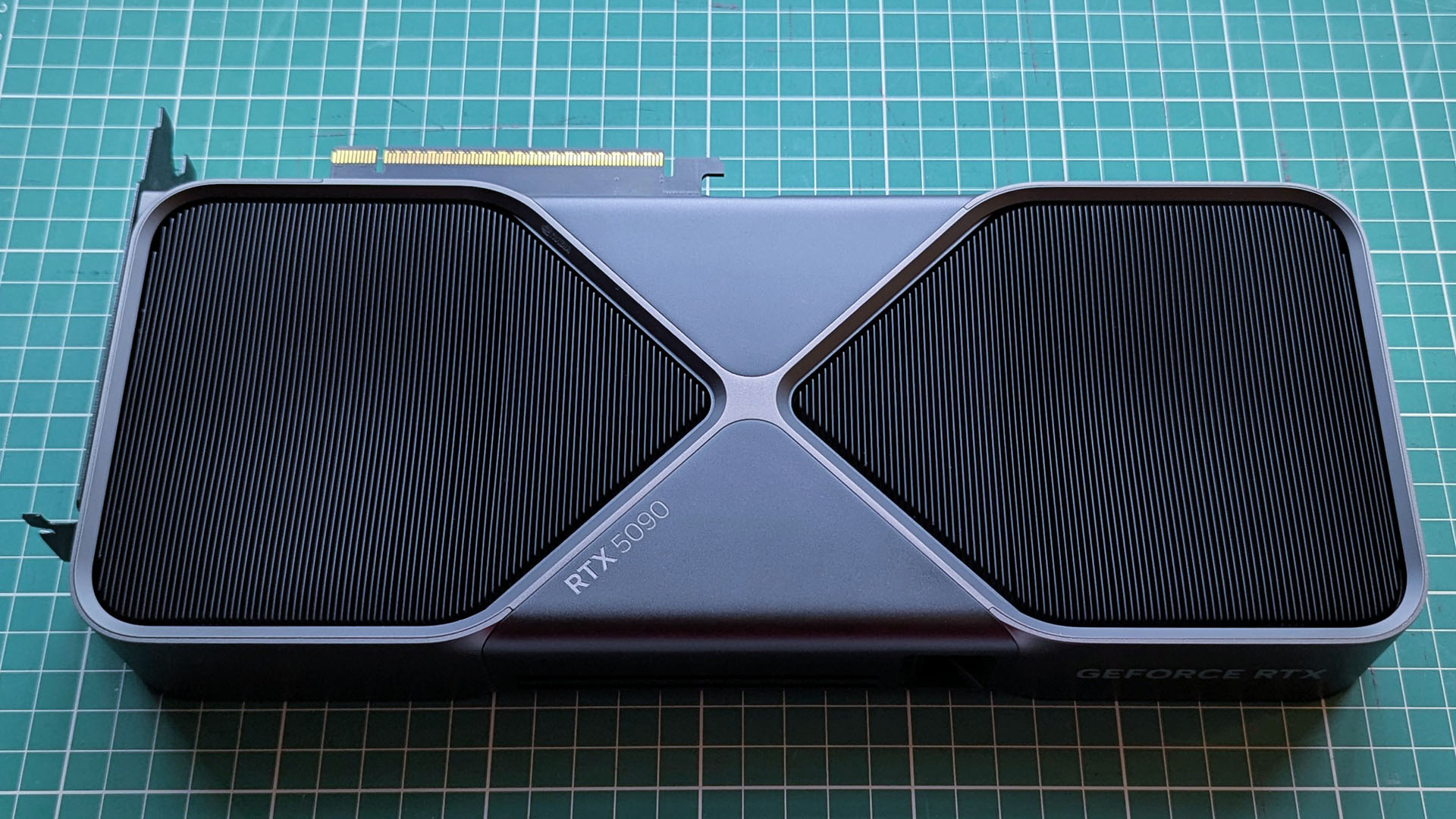NVIDIA dropping 32-bit PhysX support in its new RTX 50-series GPUs is a hot topic in some corners of the internet, and I’m seeing lots of people pile on to express their dismay at the company’s decision to abandon a piece of what makes PC gaming so attractive: backward compatibility.
I don’t disagree. The move by NVIDIA, taken at face value, seems like a slight to those who spent huge on the new hardware only to find that it’s missing a piece that’s prevalent in NVIDIA RTX 40-series (and older) GPUs.
It seems like NVIDIA came out of nowhere with the decision, and indeed it wasn’t exactly expressed in a major way. An NVIDIA support thread last updated on January 17, 2025, seems to be the official announcement, and it’s been quoted to reply to users providing negative feedback regarding 32-bit PhysX support on the NVIDIA forums.
I’m not a fan of how NVIDIA handled the situation, but ultimately, it’s not as big of a deal as some are making it out to be.
What does a lack of 32-bit PhysX support actually mean?
PhysX has a long history. It’s a technology that’s changed hands a few times due to acquisitions; it was originally named NovodeX before being acquired by Ageia in 2004, which was then acquired by NVIDIA in 2008.
It began as a technology made to run on Physics Processing Units (PPU), but NVIDIA changed it to run instead on its GPUs following the acquisition.
PhysX’s main goal is to simulate physics, including body and cloth dynamics, ragdoll effects, particles, and more. To operate properly, it employs NVIDIA’s 32-bit CUDA cores.
👉 Read our NVIDIA RTX 5080 Founders Edition review
NVIDIA’s RTX 50-series “Blackwell” GPUs lack 32-bit CUDA support, which is the main issue with 32-bit PhysX support. Aging technologies are quietly retired all the time, and if NVIDIA’s RTX 5000 launch had gone smoother, I suspect many wouldn’t have made as big of a deal out of the news.
Let’s say you got lucky and landed an RTX 50-series GPU before scalpers could get ahold of all the stock. You launch a game that utilizes 32-bit PhysX. Will it run? Absolutely. A lack of 32-bit PhysX support doesn’t mean your RTX 50-series GPU won’t run the game.
A lack of 32-bit PhysX support doesn’t mean your RTX 50-series GPU won’t run the game.
Popular games like Borderlands 2 and Batman: Arkham City notably use 32-bit PhysX, and you will absolutely have to disable the feature in the games if you’d rather not see performance fall off.
When a GPU is incapable of running PhysX, it turns to the CPU. Unfortunately, the CPU isn’t meant to handle the task, and performance tanks. This is evident in a short video posted by Reddit user PaP3s in which they play Borderlands 2 on an RTX 5080 and a GTX 980 Ti. You can guess which card offers better performance (hint: it’s the older one).
👉 Read our NVIDIA RTX 5090 Founders Edition review
The good news? You can disable PhysX features in the game and have it run smoothly on an NVIDIA RTX 50-series GPU. Your game won’t exactly look and feel the same, but at least it’s not completely incompatible.
Which games are affected by a lack of 32-bit PhysX support?

A member of the ResetEra forums recently created a brilliant post detailing all of the games that are affected by NVIDIA’s decision to abandon 32-bit PhysX support in its RTX 50-series GPUs.
There are, in total, 43 games identified as having 32-bit PhysX GPU acceleration.
- 7554
- Alice: Madness Returns
- Armageddon Riders
- Assassin’s Creed IV: Black Flag
- Batman: Arkham Asylum
- Batman: Arkham City
- Batman: Arkham Origins
- Blur
- Borderlands 2
- Borderlands: The Pre-Sequel
- Continent of the Ninth
- Crazy Machines 2
- Cryostasis: Sleep of Reason
- Dark Void
- Darkest of Days
- Deep Black
- Depth Hunter
- Gas Guzzlers: Combat Carnage
- Hot Dance Party
- Hot Dance Party 2
- Hydrophobia: Prophecy
- Jianxia 3
- Mafia 2
- Mars: War Logs
- Metro 2033
- Metro: Last Light
- Mirror’s Edge
- Monster Madness: Battle for Suburbia
- MStar
- Passion Leads Army
- QQ Dance
- QQ Dance 2
- Rise of the Triad
- Sacred 2: Fallen Angel
- Sacred 2: Ice and Blood
- Shattered Horizon
- Star Trek
- Star Trek DAC
- The Bureau: XCOM Declassified
- The Secret World
- Tom Clancy’s Ghost Recon Advanced Warfighter 2
- Unreal Tournament 3
- Warmonger: Operation Downtown Destruction
I bolded some of the games that I feel like many people still play, myself included. The Witcher 3, thankfully, came with PhysX support designed to run on a CPU instead, so you can still enjoy the PhysX features even if you have an RTX 50-series or AMD GPU.
To reiterate, the games listed above are not unplayable on a “Blackwell” GPU. You just won’t be able to enable PhysX and expect good performance.
Is there a workaround for 32-bit PhysX support on RTX 50-series GPUs?
AMD Radeon GPU users have been experiencing a lack of PhysX support for years, which leads me to my next point.
Major changes to NVIDIA’s CUDA cores in the “Blackwell” era mean it won’t reverse its decision (I doubt that’s even possible), so you’ll have to take matters into your own hands.
If you really want to keep PhysX around, you can always buy an old (and presumably cheap) NVIDIA GPU and have it run alongside your main RTX 50-series card. It’s not an ideal setup, but it’s probably the best avenue for those who can’t live without certain games with PhysX enabled.
What do you think?
I’m sticking to the opinion that if NVIDIA’s RTX 5000 launch hadn’t been plagued with poor stock availability, inflated prices, melting power cables, and faulty drivers, the removal of 32-bit PhysX support wouldn’t have been nearly as big of a deal.
Instead, it’s another blow to Team Green faithful, who already feel slighted. I totally understand the sentiment, but old tech can’t stick around forever.
Let me know what you think about NVIDIA’s decision and whether or not it affects you!






